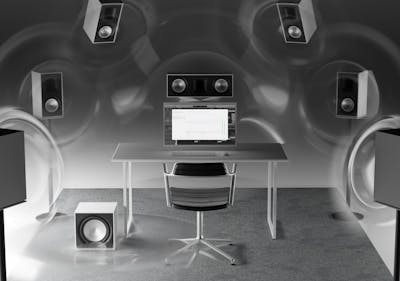Would you consider editing an important image using a black-and-white computer monitor? How about using a monitor that looks washed out with weird colors? How about trying to read or watch TV through dirty glasses? Of course, you wouldn’t. The same principle applies to your studio monitors and headphones. I’ve been to “studios” where the speakers were in poor condition or not properly set up, making it impossible to trust what I was hearing and I knew I couldn’t trust what I was hearing. That’s no way to make a record! While sometimes you just have to get the job done, to produce our best work, we need to hear properly reproduced audio.
Accurate monitoring relies not only on precise monitors but also on a properly treated room if you’re using speakers. Rooms significantly influence the sound of speakers. Imagine placing high-end speakers in your bathroom or kitchen—the room would ruin their accuracy! Headphones eliminate the room’s influence and provide a portable reference for those of us who travel between studios. However, not all headphones are created equal, and some steps can be taken to improve the accuracy of your favorite headphones. Stick around, and we’ll explore how to achieve accurate sound so your monitoring matches that of your favorite mixer.
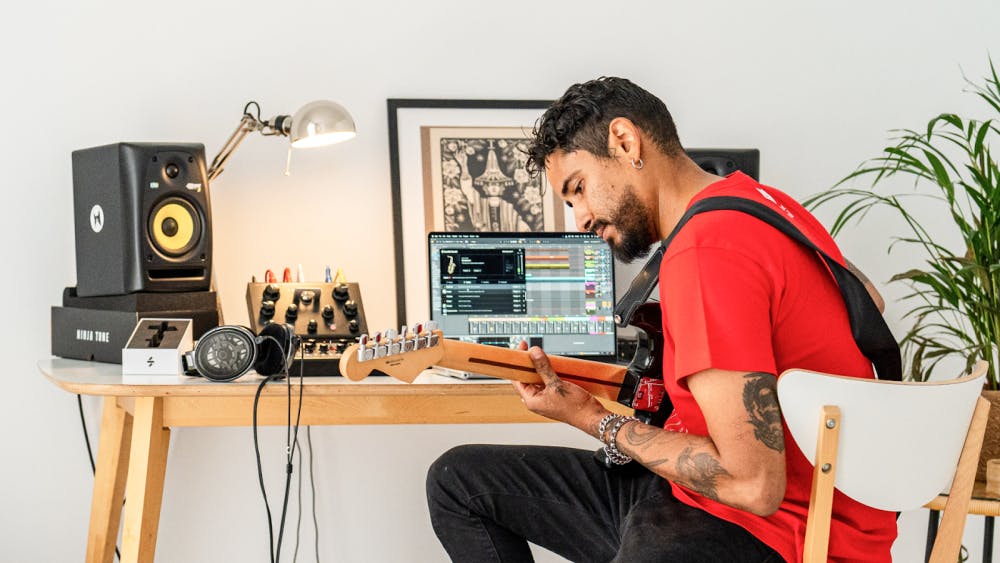
Don’t just take our word for it. We’ve interviewed some top producers and mixers in the game today, and one of the key things they all mention is the importance of trusting their monitors and headphones. Here is what Andrea Lepori (aka #mixedbyandrea), whose credits include U2, The Rolling Stones, Jack Savoretti, Régine Chassagne (Arcade Fire), and George The Poet says about monitoring: “When mixing, wearing headphones allows me to better focus and fully dive into what I’m doing, completely disregarding room reflection issues, sound translation problems, etc.”
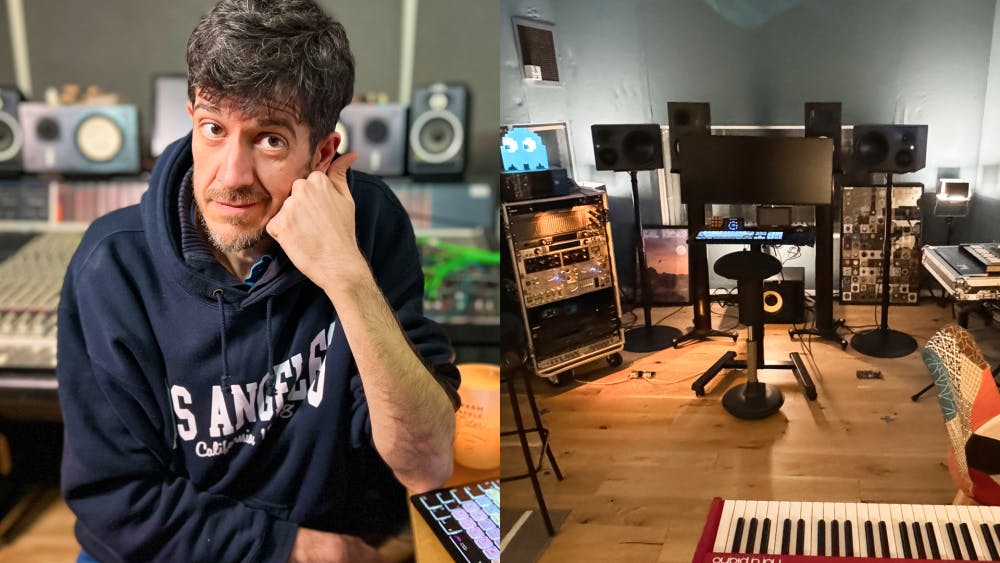
He understands that the room affects the accuracy of the speakers, and when traveling to work with artists, we don’t always get to choose where we work. Sometimes mixes are worked on in hotel rooms, planes, and trains. If you work in your own room most of the time, invest in proper acoustic treatment. If you can’t treat your room or travel a lot, headphones will become your best friend.
Carlos King (Ariana Grande, Machine Gun Kelly, Fantasia) divides his time equally between his studio monitors and his Beyerdynamic DT900 Pro X headphones. To ensure accurate translation, he applies SoundID Reference correction to both his speakers and headphones. In his words, “… it’s an integral part of my workflow. I use it to flatten my speakers/headphones. A big plus for me is when I am not working in my studio, I can bring my rig and know that I have playback I can trust —headphones with SoundID Reference.”
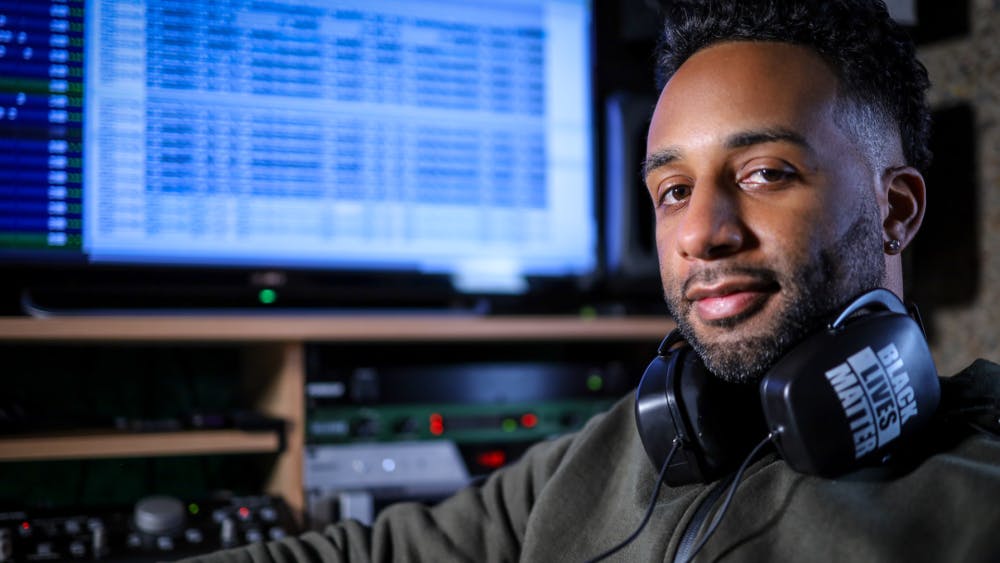
Room treatment doesn’t have to be complicated, but issues like first reflections, low-frequency modes, and speaker boundary interference should be addressed. Similarly, proper speaker setup, including symmetry, speaker-listener geometry, and speaker height should be carefully attended to. Check out these articles (and more in our blog) for more information on treating your room and setting up your speakers.
Headphones allow you to work without hearing the room’s influence on your mixes, but all headphones can use some help in the accuracy department, too. You might hear the argument that mixing on “lo-fi” systems helps create a mix that will translate well, but that is not the case at all. The truth is that if you can hear everything in your mix accurately, your mix will translate well to the largest number of listeners, regardless of their listening environment.
Martin Rieger, who specializes in mind-blowing immersive and virtual reality audio productions, says his Sennheiser HD650 headphones are the single most important piece of equipment he uses. “I produce on headphones (Sonarworks’ individually calibrated HD650s) 95% of the time.” Even when producing in binaural, where Dolby’s specifications must be met, he relies on SoundID, adding “I mostly work in flat target mode, occasionally switching to Dolby Curve and I rely on translation check quite a bit, just to make sure my work sounds good on all devices. With binaural audio, there are a lot of parameters from spatialization and HRTF to headphones. SoundID solves the frequency curve for me, giving me more confidence.”
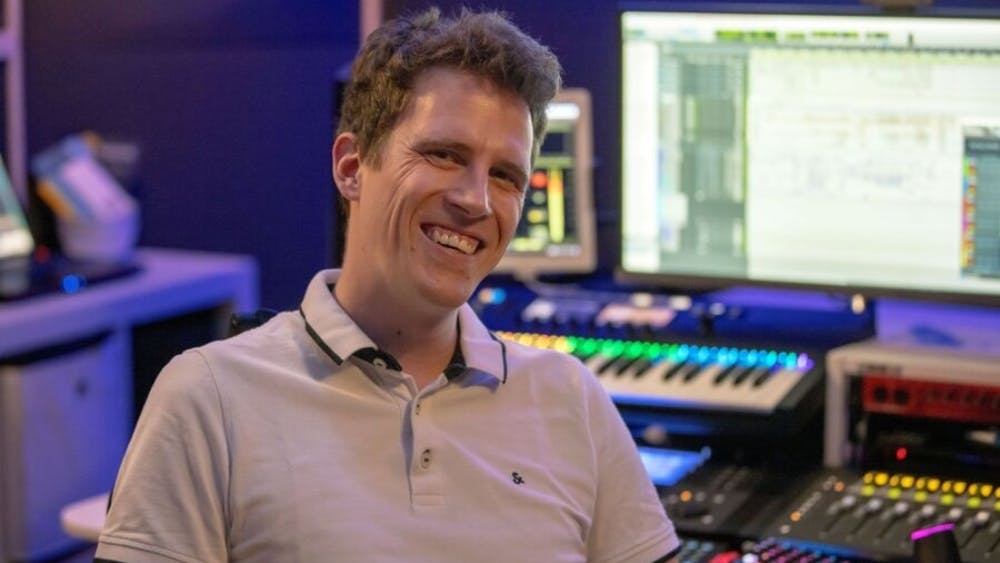
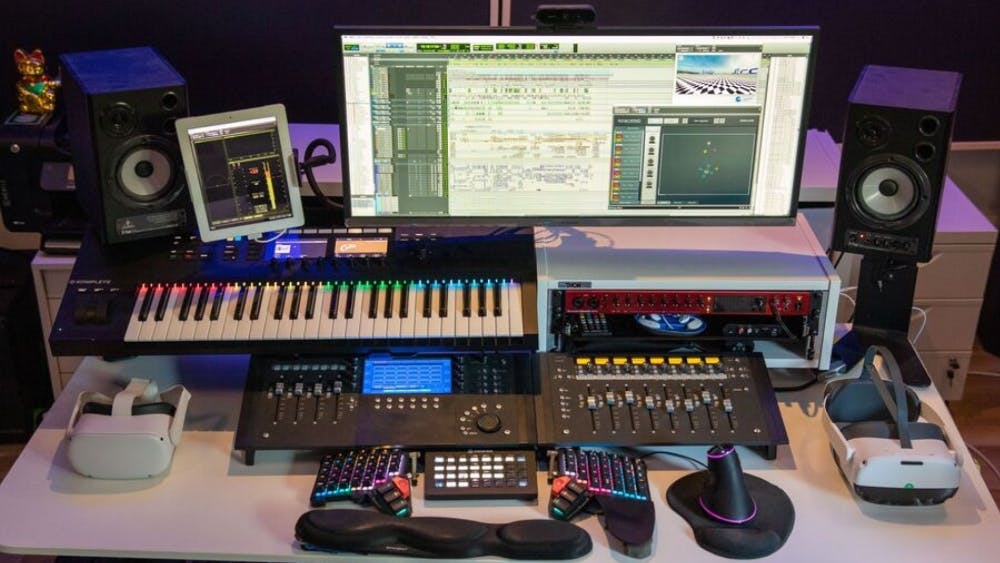
SoundID users find out that SoundID Referenence for Headphones creates a flat listening experience, making almost every professional pair of headphones equally useful and accurate. Headphones maintain their personality, but the frequency response of hundreds of models can be optimized to sound flat. Using SoundID Reference makes switching between headphones easy since they sound very similar.
Los Angeles-based mixer and producer Matt Bishop (The Killers and U2 to Taylor Swift and One Direction) used to rely on his Sennheiser headphones (with SoundID), but after setting up his studio monitors in a properly treated room he now trusts his monitors. “Headphones used to be a really important part of mixing for me, but after using SoundID Reference I rarely use headphones anymore unless im tracking.” Furthermore, he finds SoundID “Absolutely indispensable. There is a no substitute for acoustic treatment but there is also no perfect room. SoundID fills that gap as much as I need.”
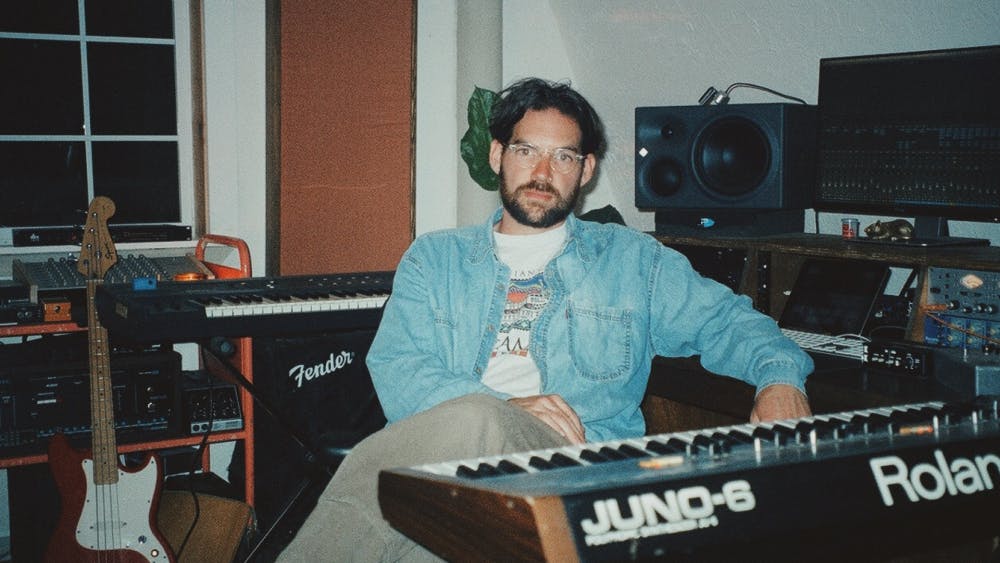
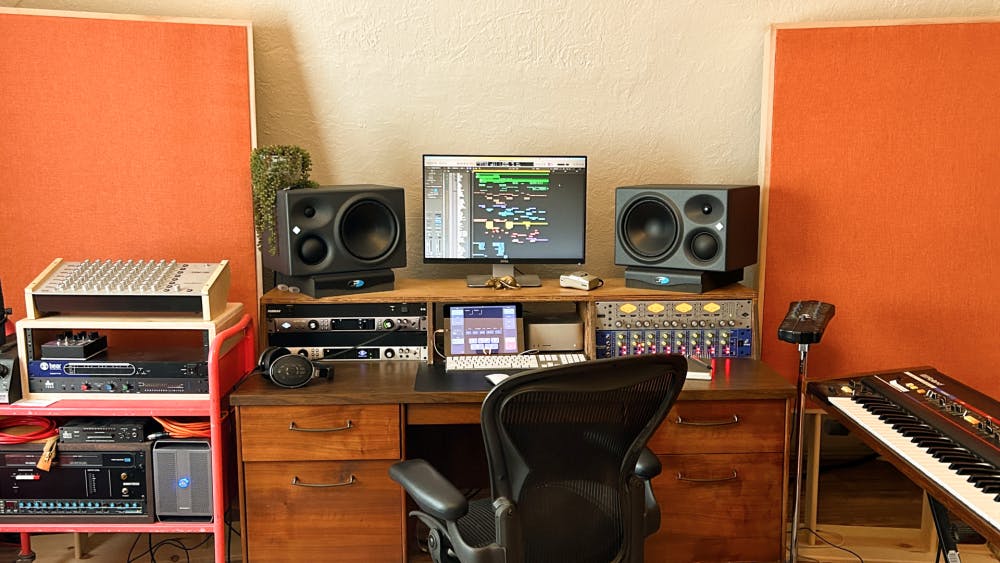
To put a fine point on it, Aaron “Audio Assassin” Mattes (mixer for Lil Wayne, Rick Ross, Anderson Paak, Flo Rida, and Young Thug) says he couldn’t live without his ATC SCM25a studio monitors and Kali immersive system. “I mostly mix on my monitors at my studio—the rest I will make work, as long as I can trust what I’m listening to. However, I always check my mixes on multiple pairs of headphones to ensure they translate well. I heavily rely on headphones when bouncing around from studio to studio for recording sessions. Every studio sounds different and has varying monitors, so having a reliable pair of headphones always helps me trust what I’m hearing in different environments.”

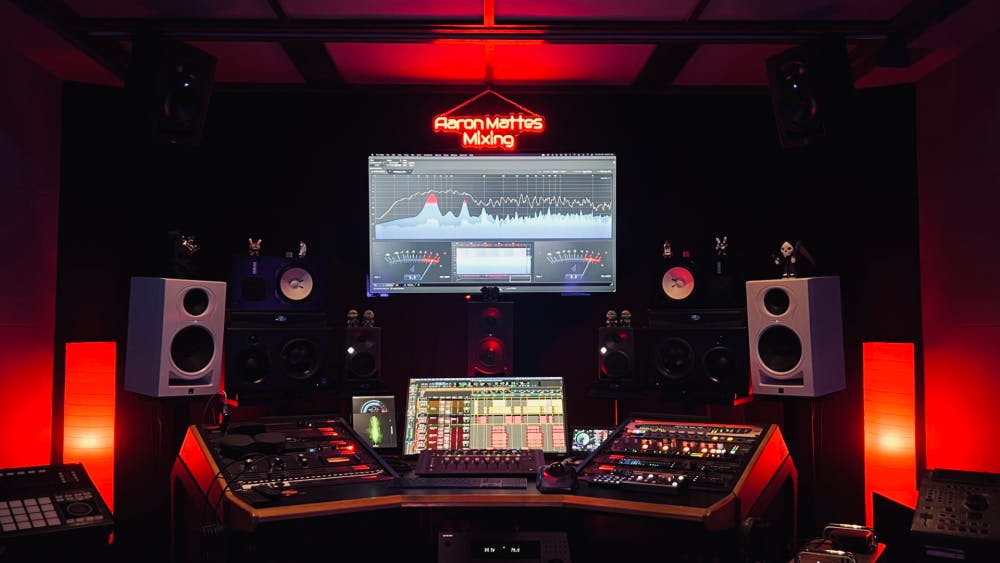
As mentioned at the start, don’t take it from us; the experts have weighed in. It’s unanimous that their monitoring systems are their most important tool. Whether using studio monitors or headphones, these pros understand that the quality and consistency of their work depend on a reliable and accurate monitor system. Furthermore, they all rely on Sonarworks’ SoundID to fine-tune the accuracy of their monitoring systems. Do yourself and your career a favor and level up your monitoring game. Invest in acoustic treatment so that your monitors sound the way they are intended to, and you’ll feel confident that your mixes will translate to the world. Use headphones as the situation dictates, but consider further refining their performance with SoundID for headphones. Mix with confidence!




